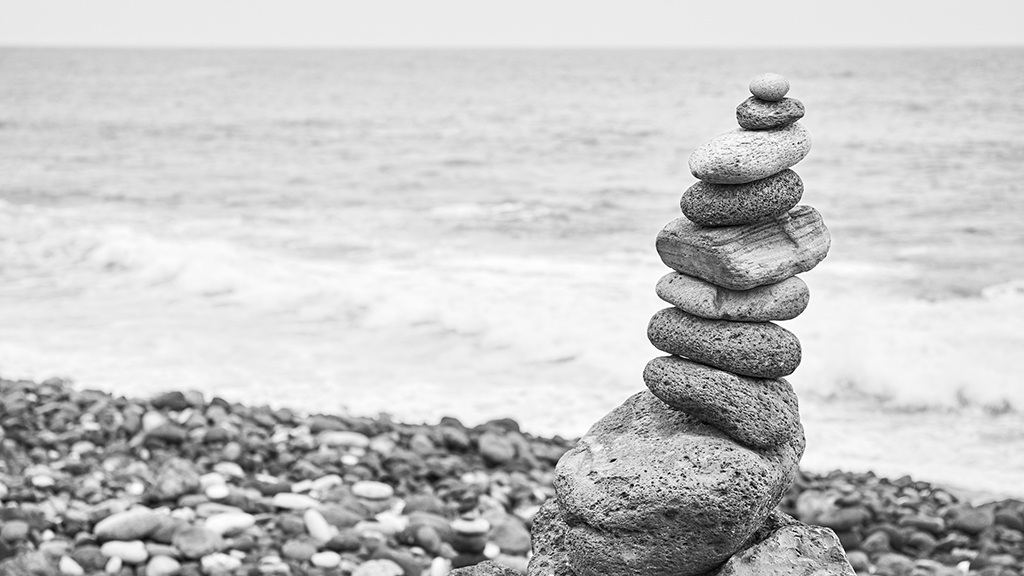Abstract
This laboratory-based case study is designed to train students in using the scientific method to explore chemical equilibrium in the context of ocean acidification. Students are given information, based on which they are asked to develop hypotheses, and then conduct a series of three experiments. Students extrapolate the results of these experiments to develop new hypotheses about broader environmental implications. Real-world data is provided to support or refute their hypotheses. The three experiments build upon each other to elucidate the chemical explanations behind ocean acidification. The same set of experiments could be adapted for use in an environmental science course with the emphasis placed on teaching the chemistry behind ocean acidification. This case study is designed for high school and lower-level undergraduate chemistry courses. It is particularly well suited to developing a greater appreciation for environmental chemistry topics among students in non-majors chemistry courses.



